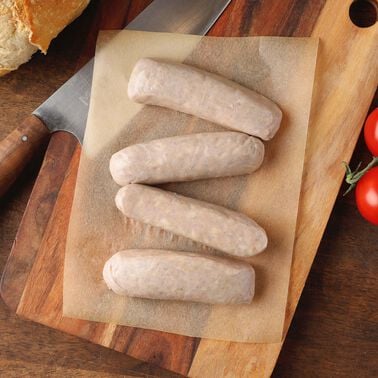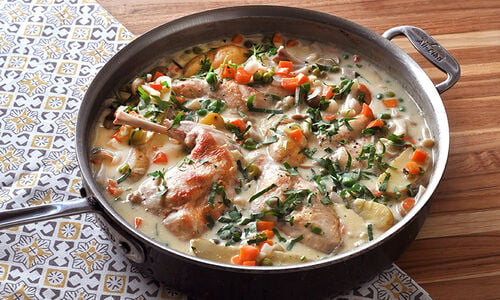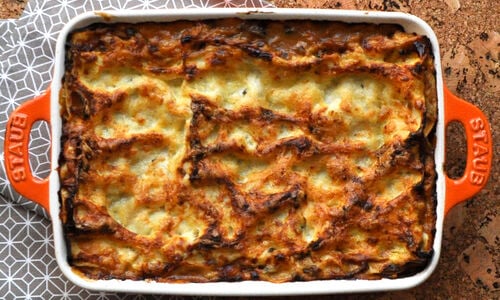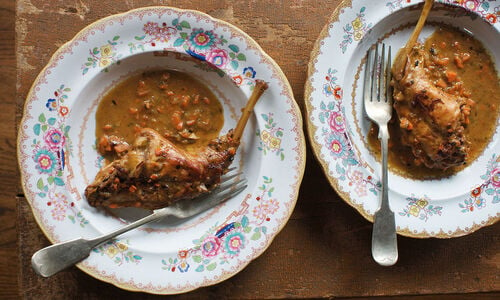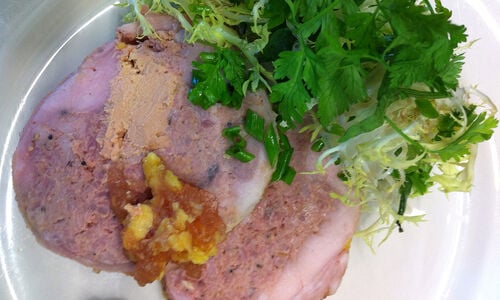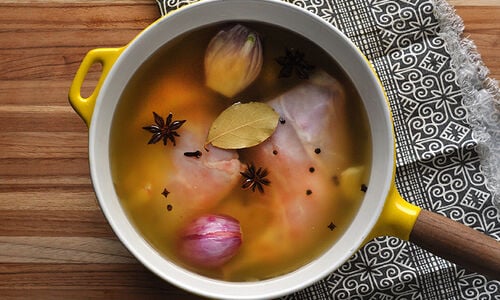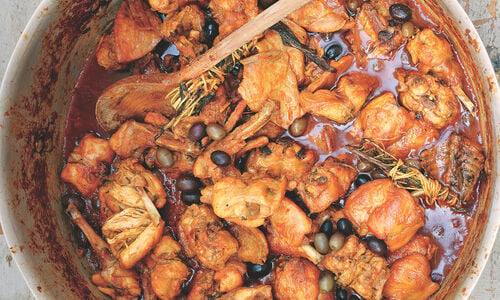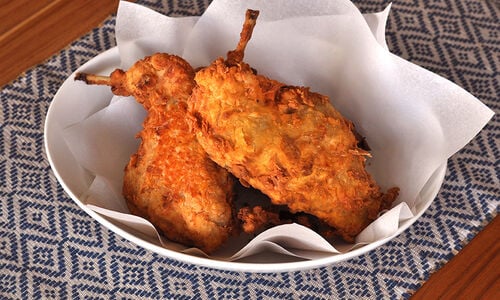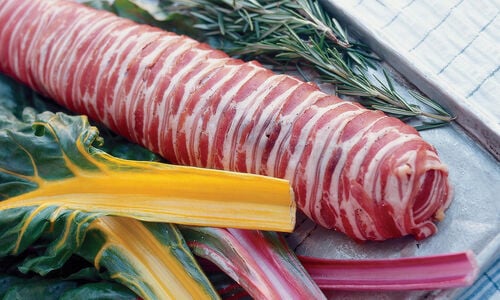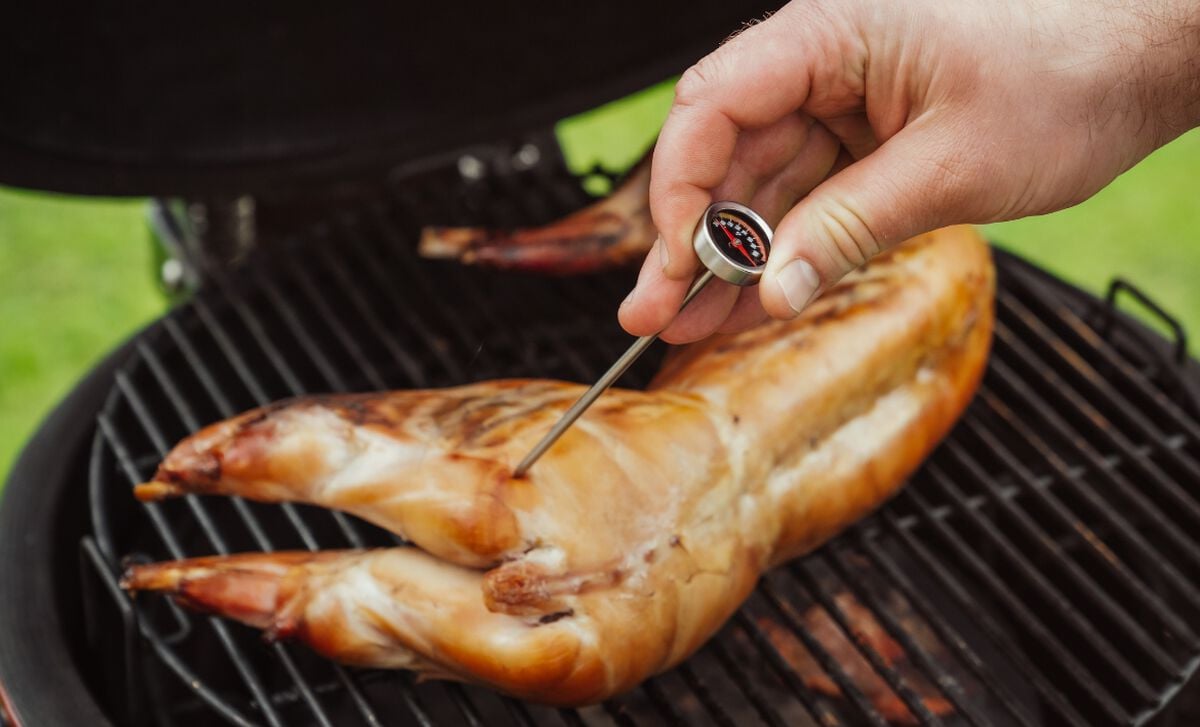
Rabbits are easy to raise in small spaces, especially in urban or suburban settings, and true to their reputation, reproduce quickly. They are an ideal source of protein for all these reasons, and yet, the United States has yet to embrace a rabbit revolution on the plate. Sure, when times are tough, people will turn to backyard rabbit hutches, as they did during the Depression and both world wars. But there’s something about the bunny that makes us think “pet” not “pan.”
Eating Rabbit
Rabbits have likely been hunted and eaten since before recorded history, though we do know that around 1000 BC the Phoenicians reached Spain and started to domesticate the wild rabbits they found there. These Old World rabbits were native to North Africa and Spain, but human exploration spread them around the globe. Now rabbits exist on nearly every continent - though they haven’t invaded Antarctica yet. In places where they have no natural predators, like Australia and New Zealand, rabbits are viewed as pests, since they devour crops, and hunts are organized to reduce their numbers.
Eating rabbit is quite common in the Mediterranean, especially in Italy and France, which are responsible for the highest production and consumption of rabbit in Europe. Typical menus in Italy feature rabbit in cacciatore, ragu, and lasagna. Because rabbit meat can also be dry, it is often found in stews or recipes that involve simmering or braising in an aromatic broth. The mildness of the meat is often accented with the bold flavors of fennel, mustard, olives, anchovies, or tomatoes. In France, rabbit is classically served with mustard, either Dijon or a coarse grainy style. In the United States, this is the dish most likely to appear on the menus of French restaurants in the early days of their influence.
Today, there is a rabbit renaissance going on. Chefs who have been influenced by the nose-to-tail philosophy, and who are interested in issues of sustainability are discovering that rabbit is right in so many ways. Urban farmers are teaching others how to raise rabbits in small backyards, and even how to slaughter and cook them. Food writers are asking questions about this neglected source of protein and coming up with some interesting conclusions. If we eat pigs and chickens, there seems to be no logical reason to recoil at the thought of rabbit on the menu.
Wild vs. Farmed Rabbit
When we do eat rabbit, it is generally farm-raised, not wild, since selling hunted game is not legal in the United States. Farmed rabbit is usually a cross between the California white and New Zealand white, the two most tender of rabbit breeds. These are far better eating than the tough, strong-flavored rabbits that early American pioneers existed on during their trek across the country. That’s because of the breed, and how much their diet determines the flavor of their meat; rabbits are fed sweet alfalfa hay, oats, wheat, and barley, not strong greens like kale or cabbage, to preserve the animal’s delicate flavor.
Rabbit Cooking Methods
If you are cooking a young rabbit (8 to 12 weeks old), called a fryer, which will be more tender than the older roasters(15-20 weeks), you can fry or roast it. The roasters, contrary to their name, need slow, moist cooking, like braising. If you are cooking rabbit parts, try the saddle or loin, which are the most tender of the cuts. The front legs are tiny and are best to set aside for stock or stew. The hind legs are tough and almost always need a moist braise. Lean rabbit meat really begs for bacon, or ventreche, to add some fat and protect it during cooking. So don’t be shy with the duck fat, olive oil, or bacon.




